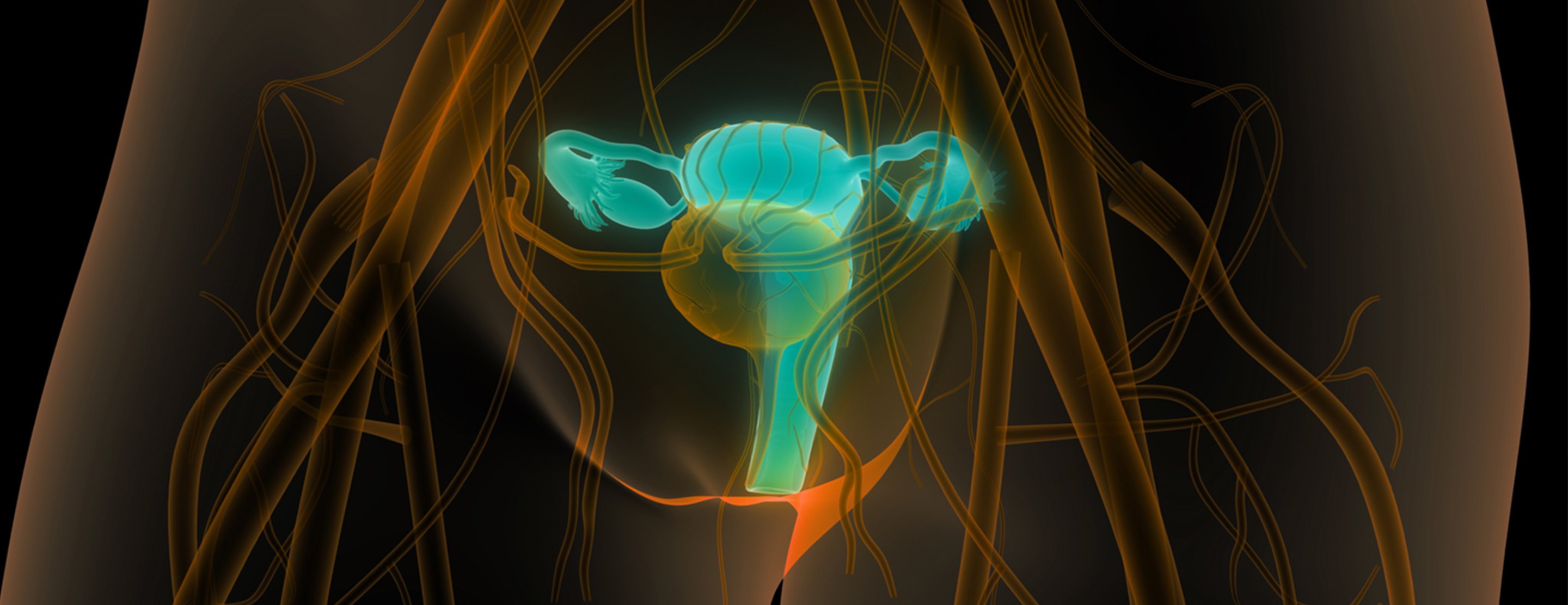
Biofeedback for Incontinence
- What is biofeedback?
- How is biofeedback used to treat incontinence and bladder problems?
- How is biofeedback done?
- How long is each visit and how many will I need?
What is biofeedback?
Biofeedback takes information about something happening in the body and presents it in a way that you can see or hear and understand. Getting on a scale to check your weight or having your blood pressure taken are very simple examples of biofeedback, which can be used to measure any body response such as heart rate or muscle contraction and relaxation.
In biofeedback, the measurement can be displayed on a computer screen or heard as a tone and used to learn about a subtle body function.
How is biofeedback used to treat incontinence and bladder problems?
Biofeedback has been proven effective in the treatment of urinary incontinence in numerous research studies. It can be used to help women learn to control and strengthen the pelvic floor muscles. The pelvic floor muscles (PFM) are a group of muscles that play an important role in bladder control. Weakness or dysfunction of the pelvic floor muscles can lead to problems with both bladder and rectal support and control.
Because you cannot see the pelvic floor muscles, you may have found it difficult to locate them. Perhaps you are uncertain if you are doing the pelvic muscle exercises correctly. This is where biofeedback can help.
Biofeedback therapy uses computer graphs and audible tones to show you the muscles you are exercising. It also allows the therapist to measure your muscle strength and individualize your exercise program. It does not do anything to your muscles. It is a teaching tool to help you learn to control and strengthen the pelvic floor area.
How is biofeedback done?
Two small sensors are placed with a sticky pad on either side of your anus, where the pelvic floor muscles are close to the skin. These can be placed under your loose clothing. Another set of sensors is placed across the abdomen. The sensors around the anus are connected to a computer screen and display a graph of your muscles as they are being exercised.
Since many women incorrectly use their stomach muscles when doing pelvic floor exercises, the sensors on the abdomen display a computerized graph to show you when you are using these muscles instead of those on the pelvic floor. The graphs also are helpful in measuring your growth in strength between biofeedback visits.
How long is each visit and how many will I need?
Biofeedback sessions are generally 30 minutes. The average number of sessions is four, but a few more or less may be needed to get the best results. Visits are scheduled every two to three weeks. Since biofeedback is a learning tool, it is important to practice pelvic floor exercises every day at home as well.
UCSF Health medical specialists have reviewed this information. It is for educational purposes only and is not intended to replace the advice of your doctor or other health care provider. We encourage you to discuss any questions or concerns you may have with your provider.










